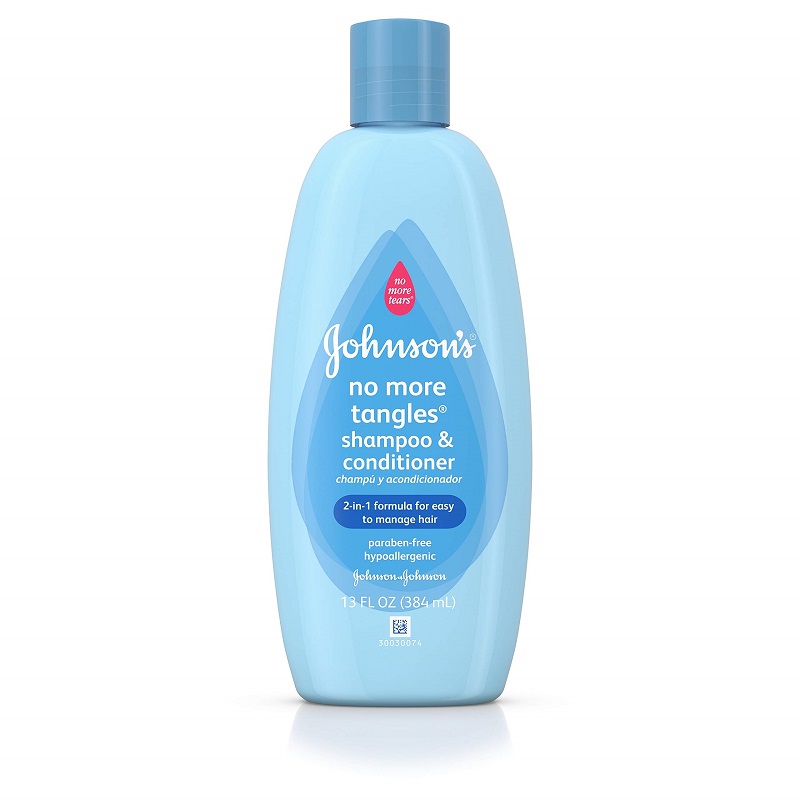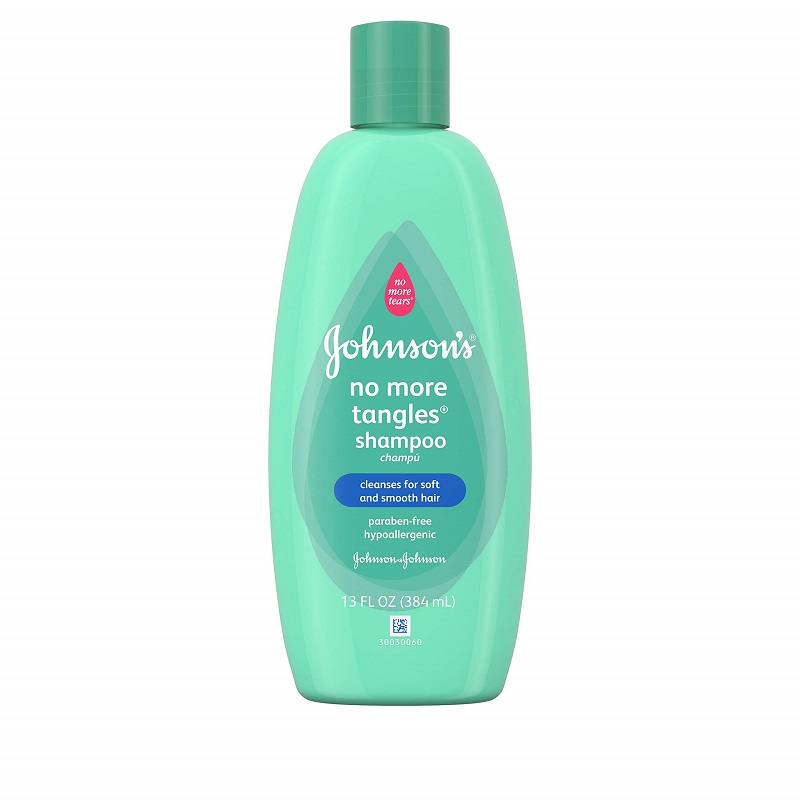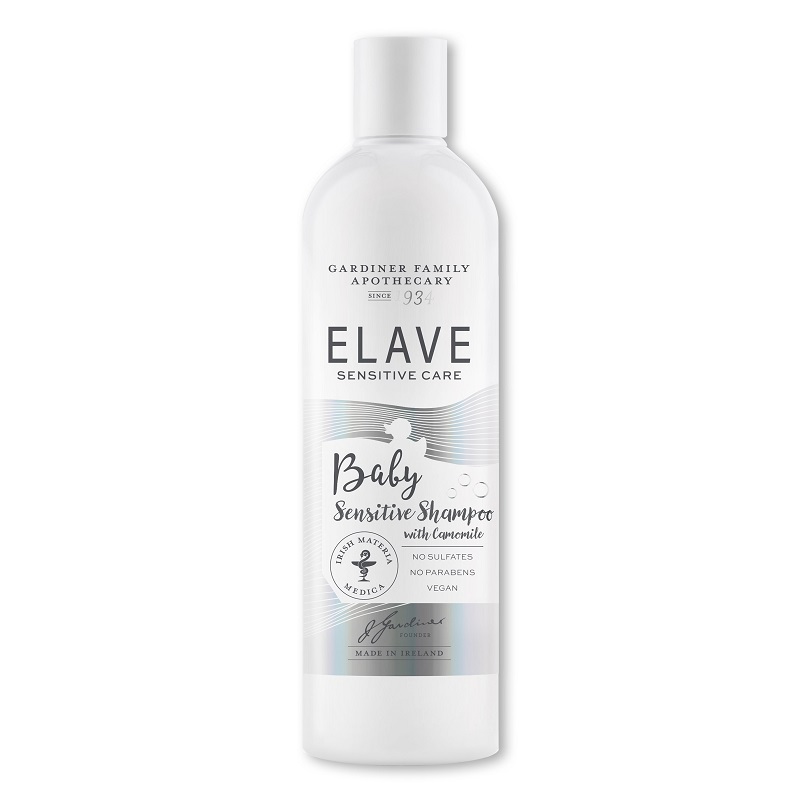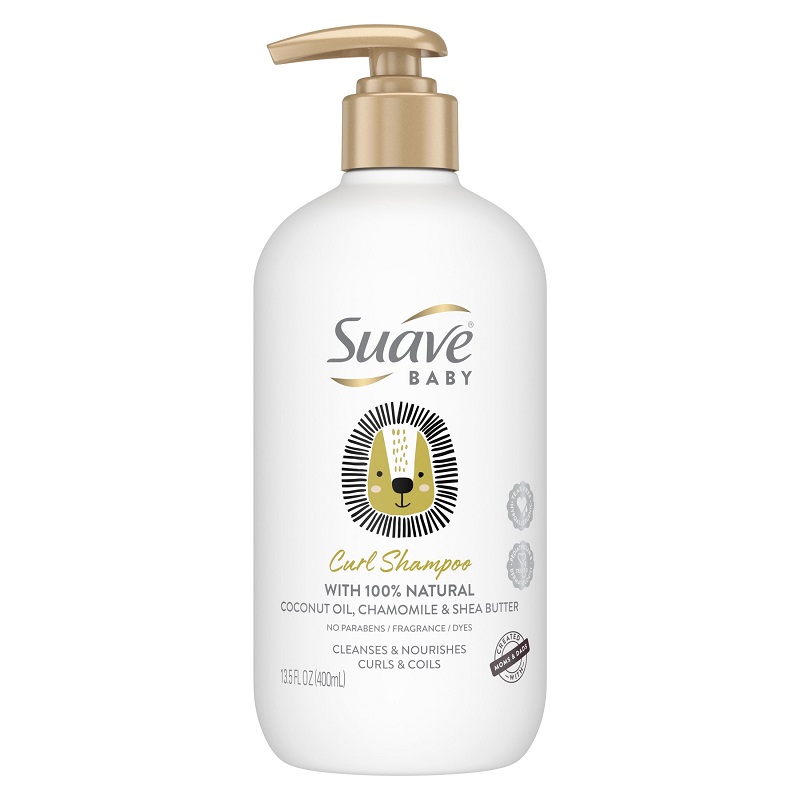When it comes to caring for your baby’s hair, selecting the right shampoo and conditioner is essential. Babies have delicate skin and hair that require special attention. This article will guide you through the key considerations, types of products available, ingredients to look for, and tips for using baby shampoo and conditioner effectively.
Understanding Baby Hair and Scalp Needs
Why Baby Hair Requires Special Care
Babies are born with soft, fine hair that often changes as they grow. Their scalp is sensitive, making it crucial to use gentle products specifically designed for infants. Unlike adult hair, baby hair is thinner and more susceptible to irritation. Therefore, a mild shampoo and conditioner are necessary to avoid causing any discomfort or allergic reactions.
The Importance of a Healthy Scalp
A healthy scalp is vital for hair growth. Many babies experience cradle cap, a common condition characterized by dry, flaky patches on the scalp. Using a gentle shampoo can help manage this condition without exacerbating it. Additionally, a good conditioner can keep the hair soft and manageable, making it easier to comb through any tangles.

Key Features of Baby Shampoos and Conditioners
Gentle Formulations
Baby shampoos and conditioners are designed to be gentle on your little one’s delicate skin. Look for products labeled as “tear-free,” which means they won’t irritate the eyes if some gets in. These formulations typically exclude harsh chemicals and fragrances that can cause irritation or allergic reactions.
Hypoallergenic Options
Hypoallergenic products are formulated to minimize the risk of allergic reactions. They usually contain fewer allergens, making them safer for babies with sensitive skin or a family history of allergies. Choosing hypoallergenic shampoos and conditioners can provide peace of mind for parents concerned about their child’s skin.
Ingredients to Look For
Natural Ingredients
Opting for baby shampoos and conditioners that contain natural ingredients can significantly benefit your child’s hair and scalp. Ingredients like chamomile, aloe vera, and calendula offer soothing properties, while coconut oil and shea butter provide hydration. These natural components help maintain the health of your baby’s hair without exposing them to harmful chemicals.
Avoiding Harmful Chemicals
When selecting hair care products, it’s essential to avoid certain harmful chemicals. Sulfates, parabens, and phthalates are common ingredients found in many personal care products. These substances can strip the hair of its natural oils and lead to dryness or irritation. Always read labels carefully to ensure you are choosing safe products for your little one.

Types of Baby Shampoos and Conditioners
1. Tear-Free Formulas
Tear-free shampoos are designed to prevent irritation if they accidentally get into your baby’s eyes. These gentle formulas cleanse the hair without causing stinging, making bath time a more enjoyable experience for both you and your little one.
2. 2-in-1 Products
2-in-1 baby shampoos and conditioners combine the cleansing properties of shampoo with the moisturizing benefits of conditioner. These products are convenient for busy parents and can help simplify bath time by reducing the number of products needed.
3. Organic and Natural Brands
Organic baby shampoos and conditioners use certified organic ingredients, ensuring that no synthetic chemicals are present. Brands dedicated to using natural ingredients often prioritize safety and sustainability, making them an excellent choice for eco-conscious parents.
Choosing the Right Product for Your Baby
Consider Your Baby’s Hair Type
Just like adults, babies have different hair types, including straight, curly, or wavy. Consider your baby’s specific hair type when selecting a shampoo and conditioner. For example, babies with curly hair may benefit from products that provide extra moisture and detangling properties, while those with straight hair may need lighter formulations.
Assessing Scalp Health
If your baby has a sensitive or dry scalp, you may want to choose products specifically formulated to address these issues. Look for shampoos and conditioners that include hydrating ingredients and are free from irritants. Additionally, if your baby experiences cradle cap, a specialized shampoo designed to treat this condition may be beneficial.
Bath Time Basics: How to Wash Your Baby’s Hair
Preparing for Bath Time
Before starting, gather all your supplies, including shampoo, conditioner, a soft washcloth, and a cup for rinsing. Make sure the bathing area is warm and comfortable to prevent your baby from getting cold. Having everything within reach will make the process smoother and more enjoyable.
The Washing Process
Start by wetting your baby’s hair with warm water. Apply a small amount of shampoo and gently massage it into the scalp using your fingertips. Avoid scrubbing too hard, as this can irritate the sensitive skin. Rinse thoroughly, making sure to remove all shampoo residues. After rinsing, apply a small amount of conditioner if desired, focusing on the hair lengths and avoiding the scalp, then rinse again.

Dealing with Cradle Cap
Understanding Cradle Cap
Cradle cap is characterized by scaly patches on a baby’s scalp. It is not harmful and usually resolves on its own, but it can be unsightly. Using a gentle shampoo specifically designed to combat cradle cap can help alleviate this condition.
Treatment Options
To manage cradle cap, consider using a medicated shampoo once or twice a week. Gently brush your baby’s scalp with a soft brush or a washcloth to help loosen the scales. Always consult your pediatrician before trying new products or treatments, especially if your baby has sensitive skin.
Common Myths About Baby Hair Care
“You Shouldn’t Wash Baby Hair Too Often”
Many parents believe that washing a baby’s hair too frequently can lead to dryness. While it’s true that over-washing can strip natural oils, regular cleansing is essential for maintaining scalp health, especially if your baby has cradle cap or oily hair. Aim for a balance, washing your baby’s hair two to three times a week, depending on their needs.
“Adult Products Can Be Used for Babies”
Another common misconception is that adult shampoos and conditioners can be used for babies. Adult products often contain harsher ingredients that can irritate a baby’s sensitive skin. Always choose products specifically formulated for infants to ensure safety and comfort.
Tips for Effective Hair Care
Regular Brushing
Regularly brushing your baby’s hair can help prevent tangles and promote healthy hair growth. Use a soft-bristle brush designed for infants to gently detangle hair without causing discomfort. Start at the ends and work your way up to minimize pulling.
Moisturizing
In addition to using shampoo and conditioner, consider applying a small amount of baby oil or natural conditioner to keep your baby’s hair hydrated. This step can be particularly beneficial for babies with curly or coarse hair, helping to reduce frizz and improve manageability.
When to Consult a Pediatrician
Recognizing Allergic Reactions
If you notice any signs of an allergic reaction, such as redness, swelling, or rash after using a particular product, discontinue use immediately and consult your pediatrician. They can recommend suitable alternatives based on your baby’s specific sensitivities.
Persistent Scalp Issues
If your baby experiences ongoing scalp issues, such as severe cradle cap or persistent dryness, it’s important to seek medical advice. A pediatrician can provide guidance on the best treatment options and recommend suitable hair care products for your baby’s needs.
Conclusion: Making Informed Choices for Your Baby’s Hair Care
Choosing the right baby shampoo and conditioner is crucial for maintaining the health and beauty of your little one’s hair. By understanding the unique needs of baby hair, selecting products with gentle and natural ingredients, and following proper hair care practices, you can ensure that bath time is a positive experience for both you and your baby. Remember to consult your pediatrician for personalized recommendations and to monitor your baby’s scalp and hair health closely. With the right products and care, your baby’s hair can remain soft, shiny, and beautiful as they grow.
